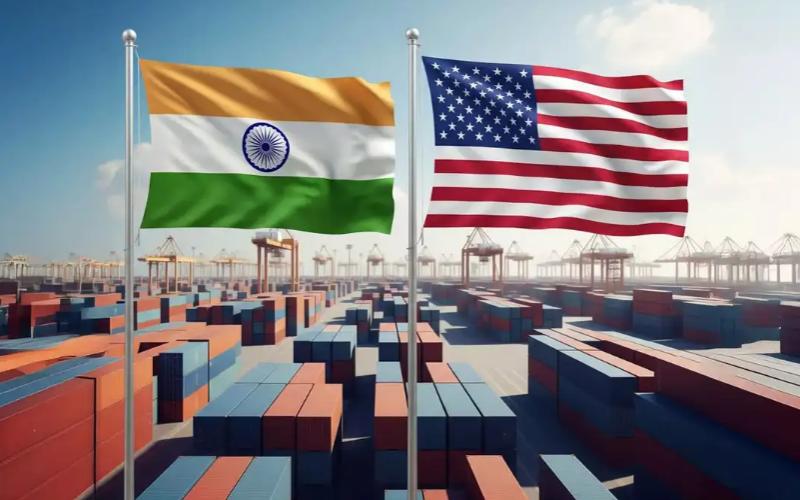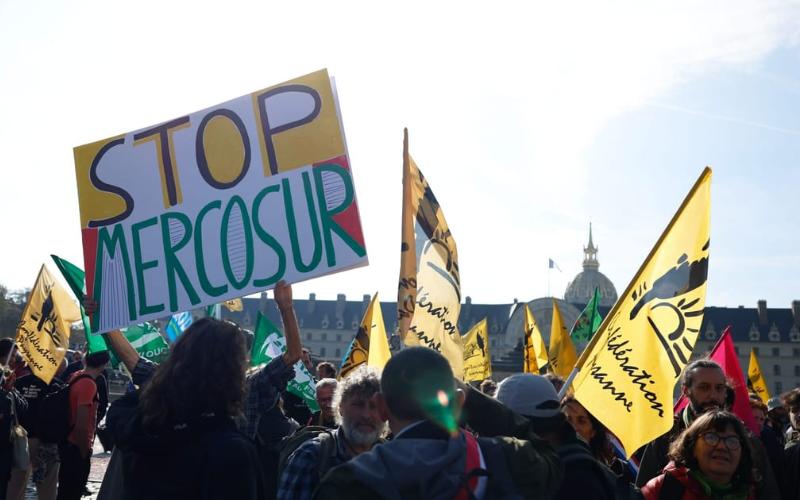India’s Cow Policy: Why US Dairy Access is a $8B Trade War

The trade standoff between India and the US over the dairy market has reached a critical point, as Bharat resists US demands to open its dairy market to protect 80 million smallholder farmers. This dispute is deeply rooted in cultural and economic values, as indigenous cow breeds hold significant importance in the Bharatiya way of life. Producing A2 beta-casein milk protein, these breeds offer a qualitative advantage due to easier digestion and a rich bioactive composition comprised of 6 vitamins, 8 proteins, 25 minerals, and carotene.
Indian farmers, who largely depend on two or three cows, are unable to compete with heavily subsidized US agribusinesses. The Amul cooperative model stands as a successful example of empowering rural communities, ensuring a fair share of consumer prices for small farmers, which is notably higher than in Western economies. The resistance also considers public health risks linked to the use of growth hormones and GMOs in US dairy production, both banned in India.
India's protectionist stance is not only about economic advantages but also the cultural and psychological significance of the cow, which influences policies against its slaughter and is integral to national identity. As the US pressures for market access, India's focus on the entire economic ecosystem of cow-based products, such as Panchagavya, only strengthens its position in this $8 billion international trade dispute.
Overall, this trade war underscores the profound cultural and economic factors at play in global dairy politics, with India standing firm on its cow policies to protect its indigenous breeds and rural economies.











